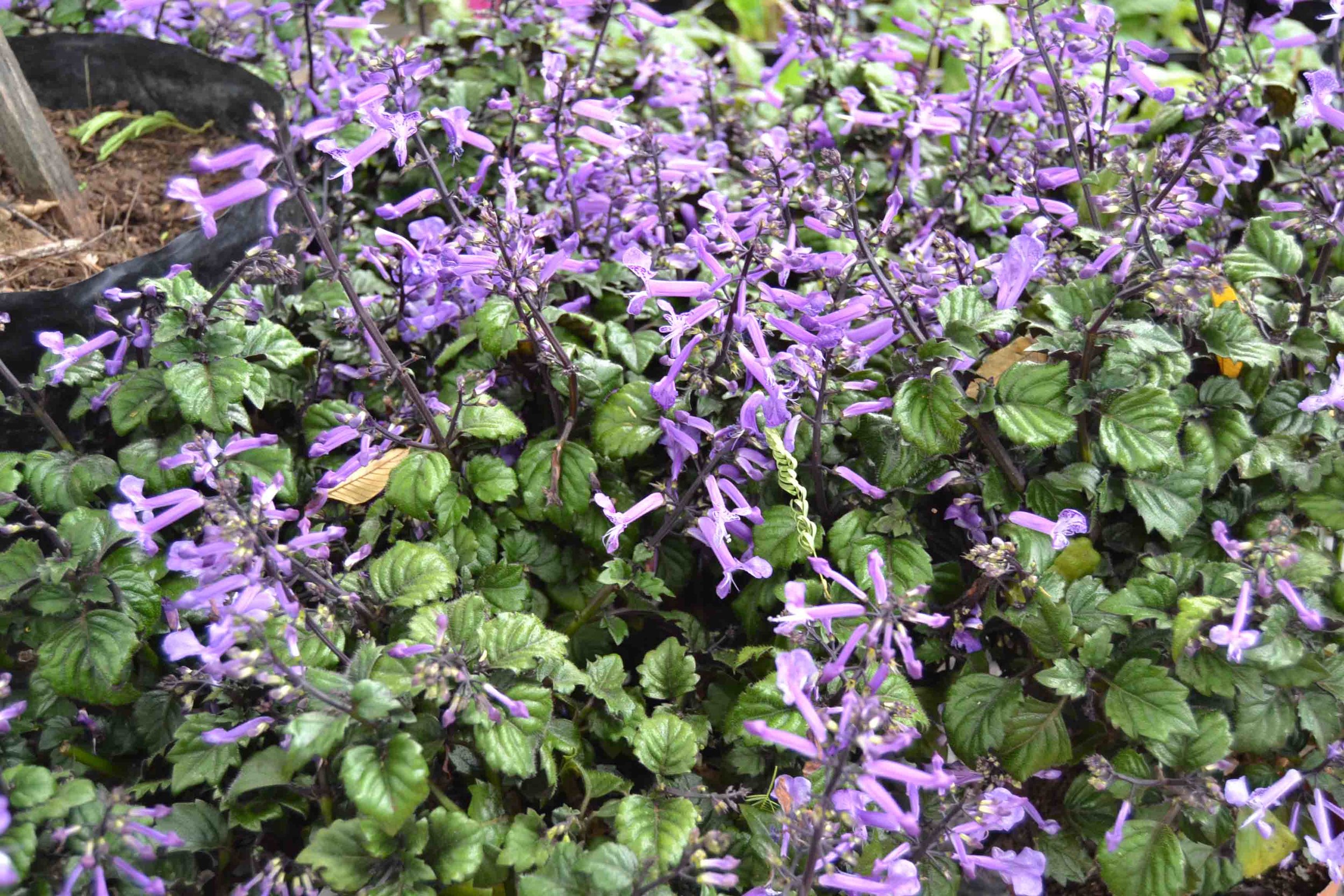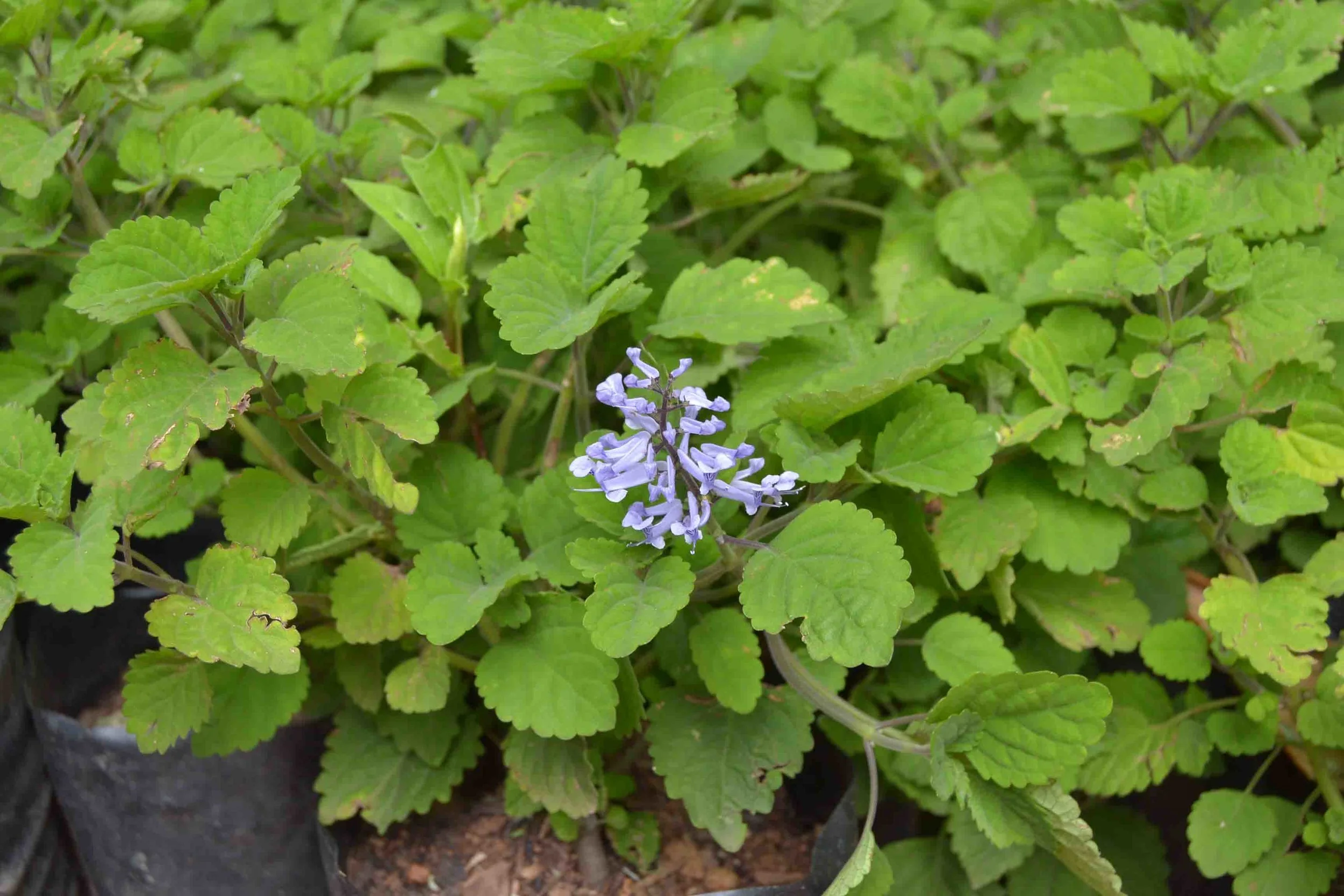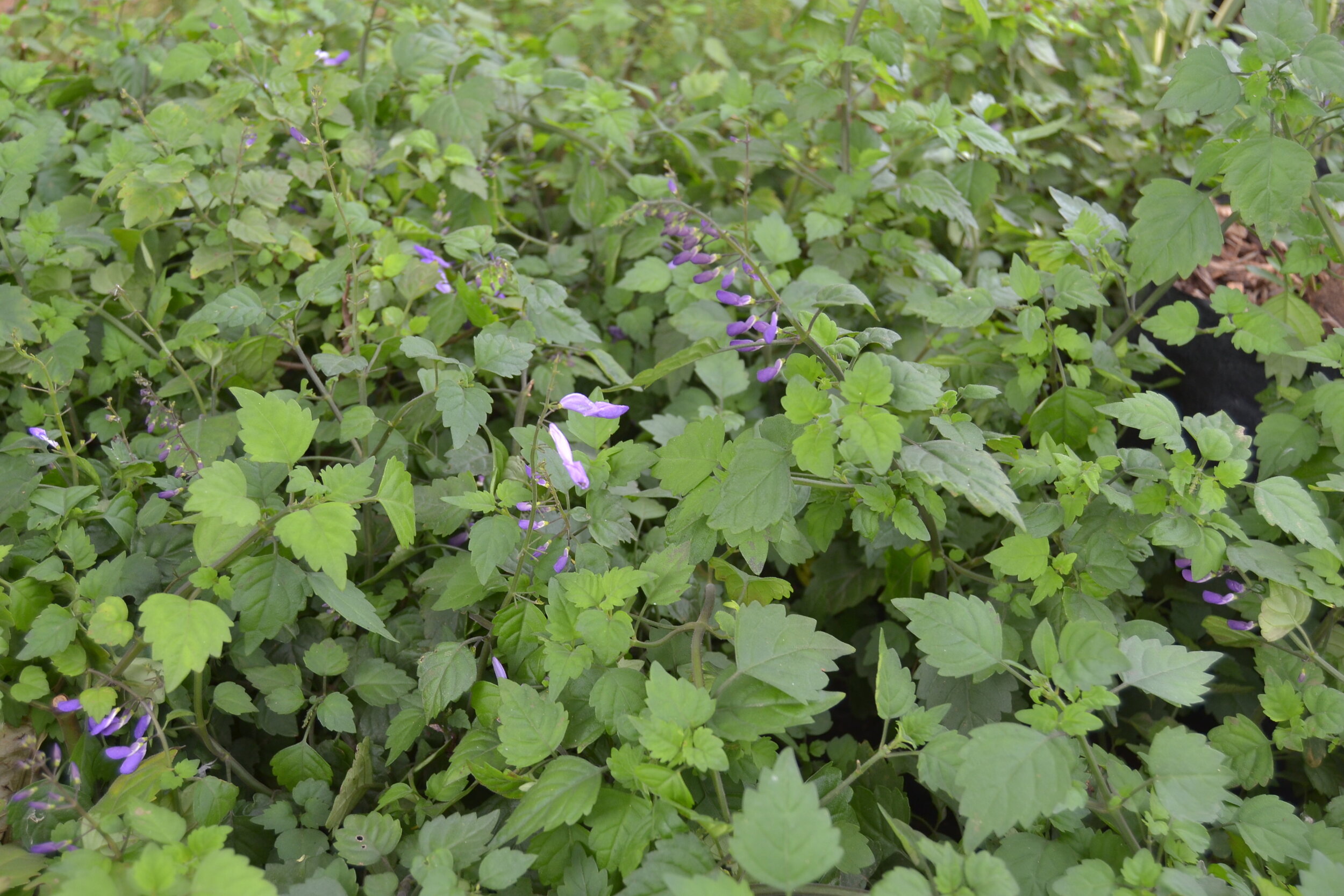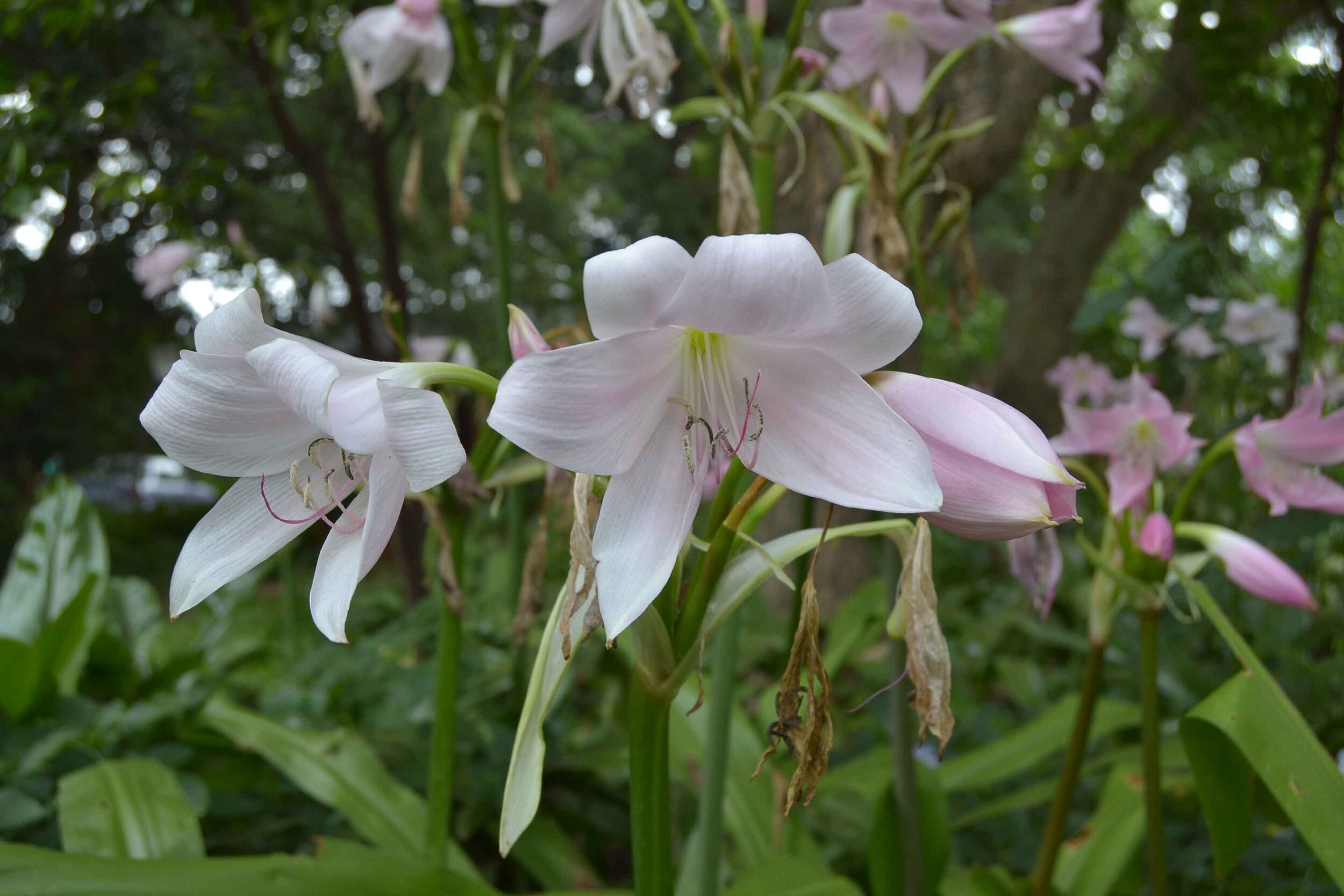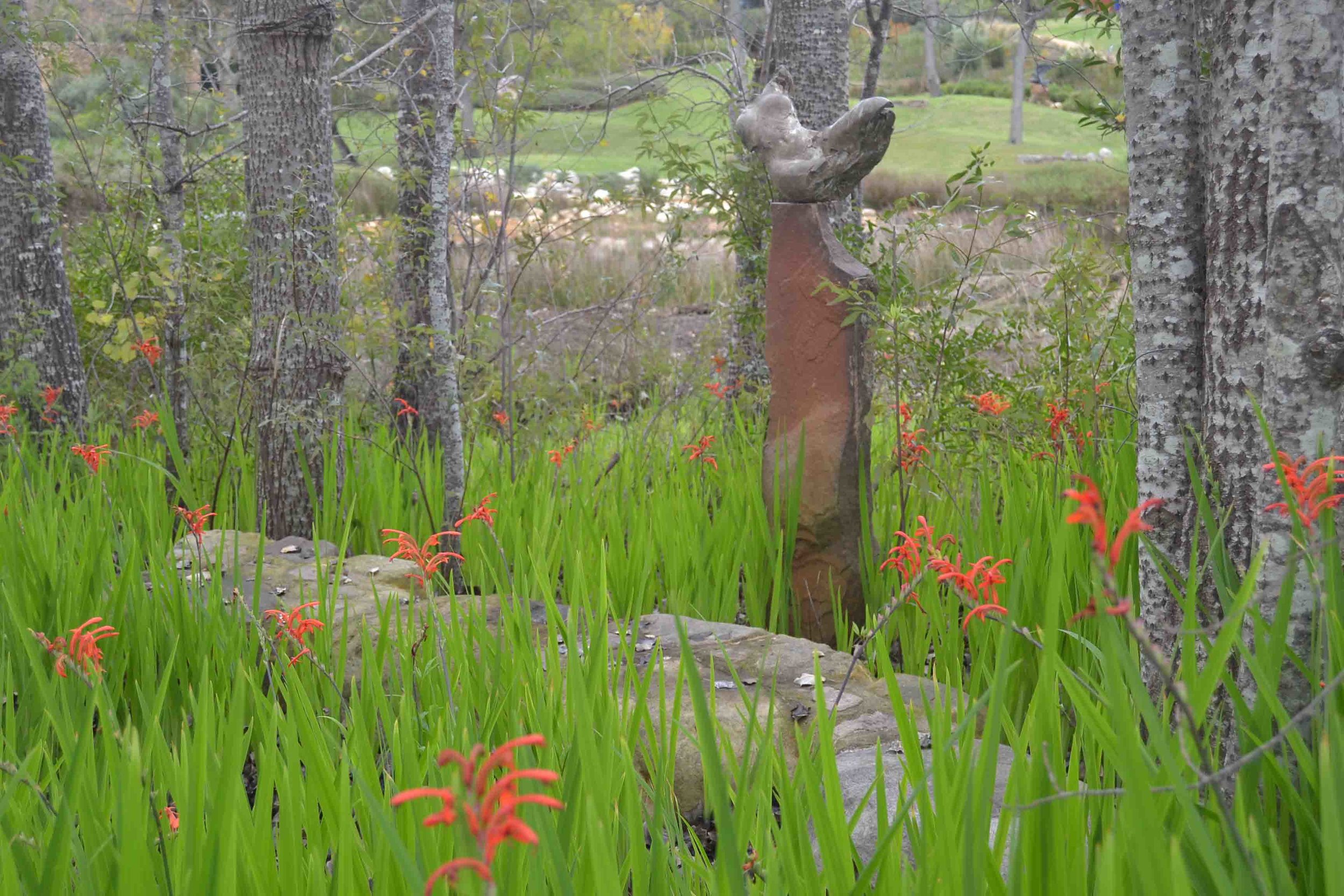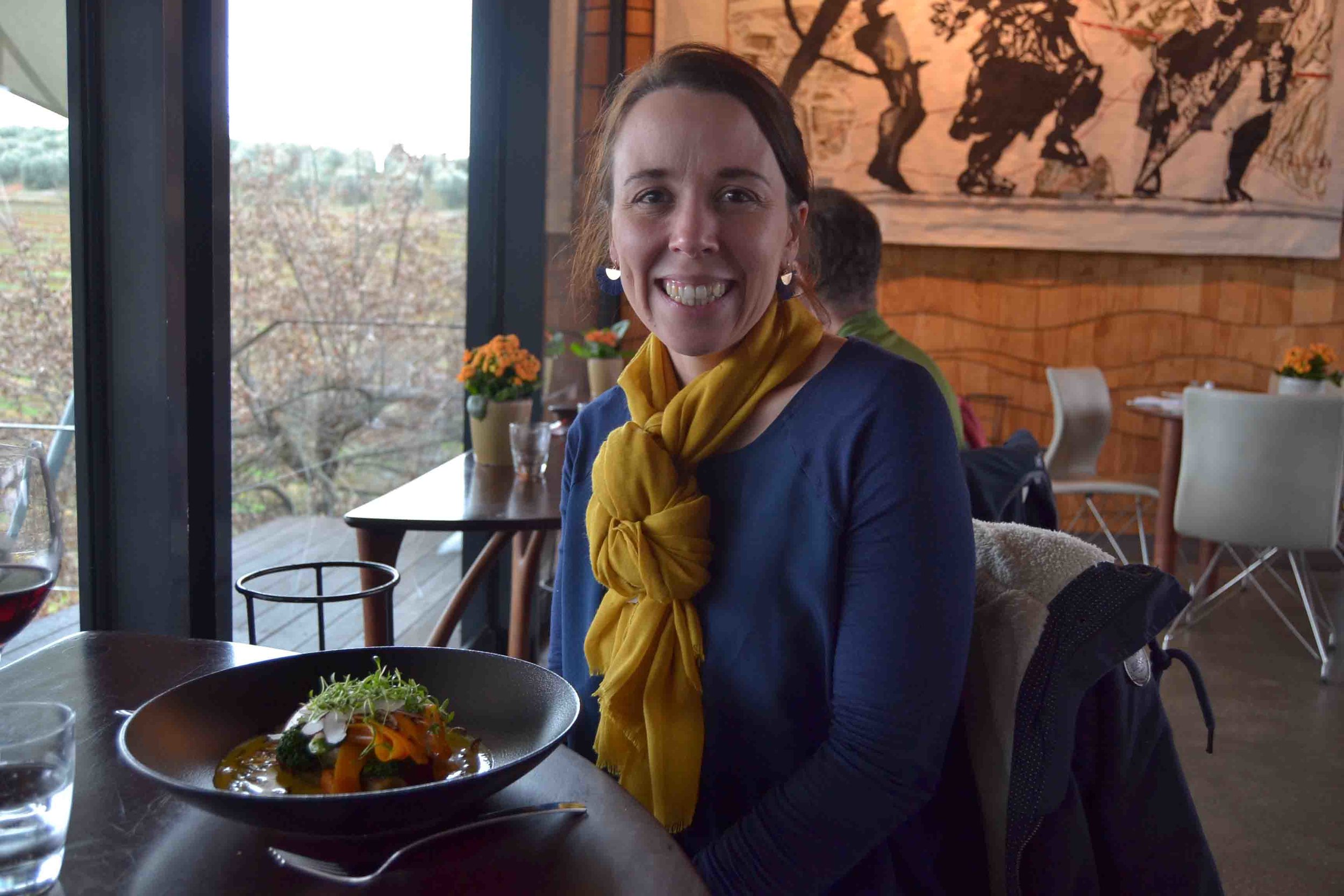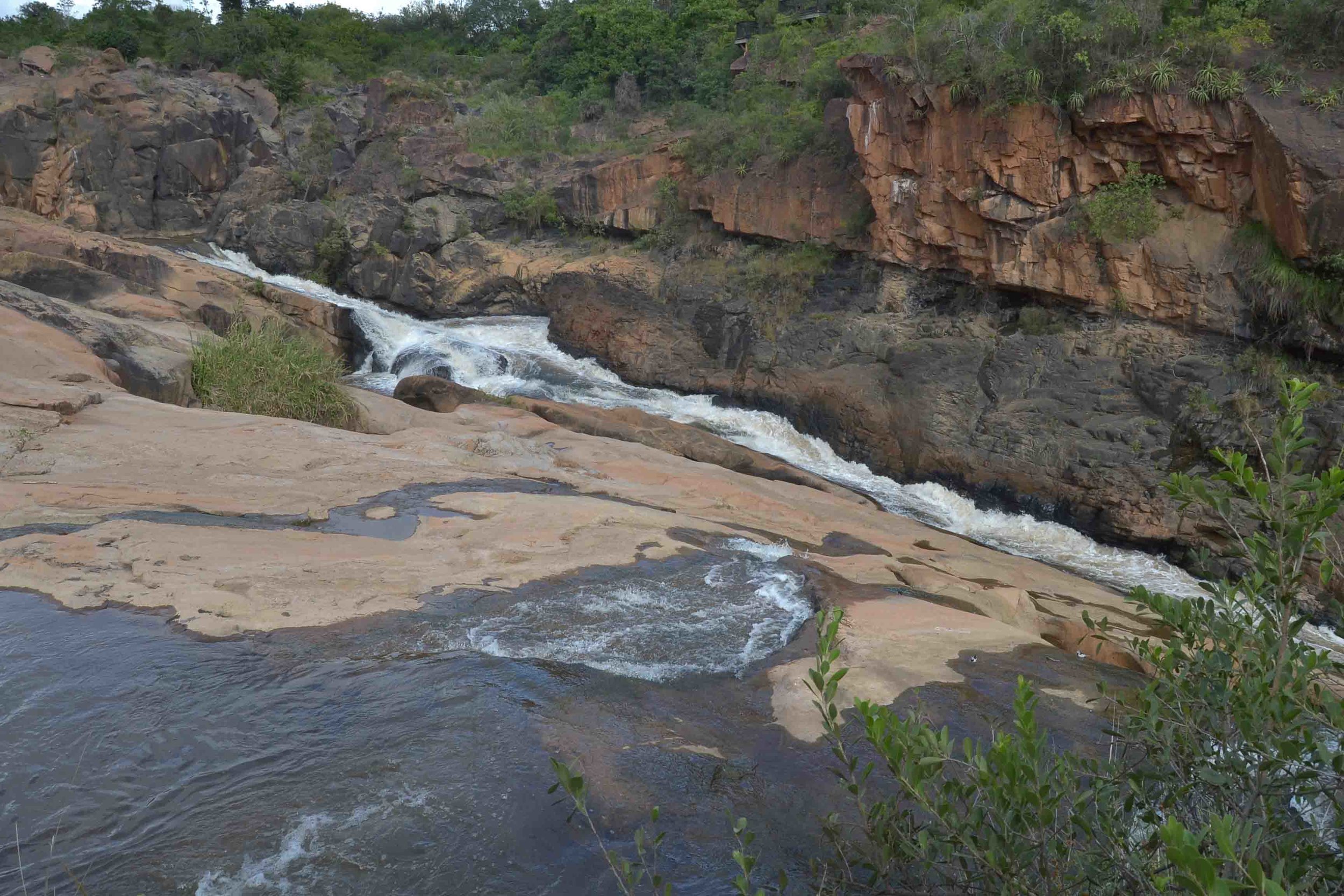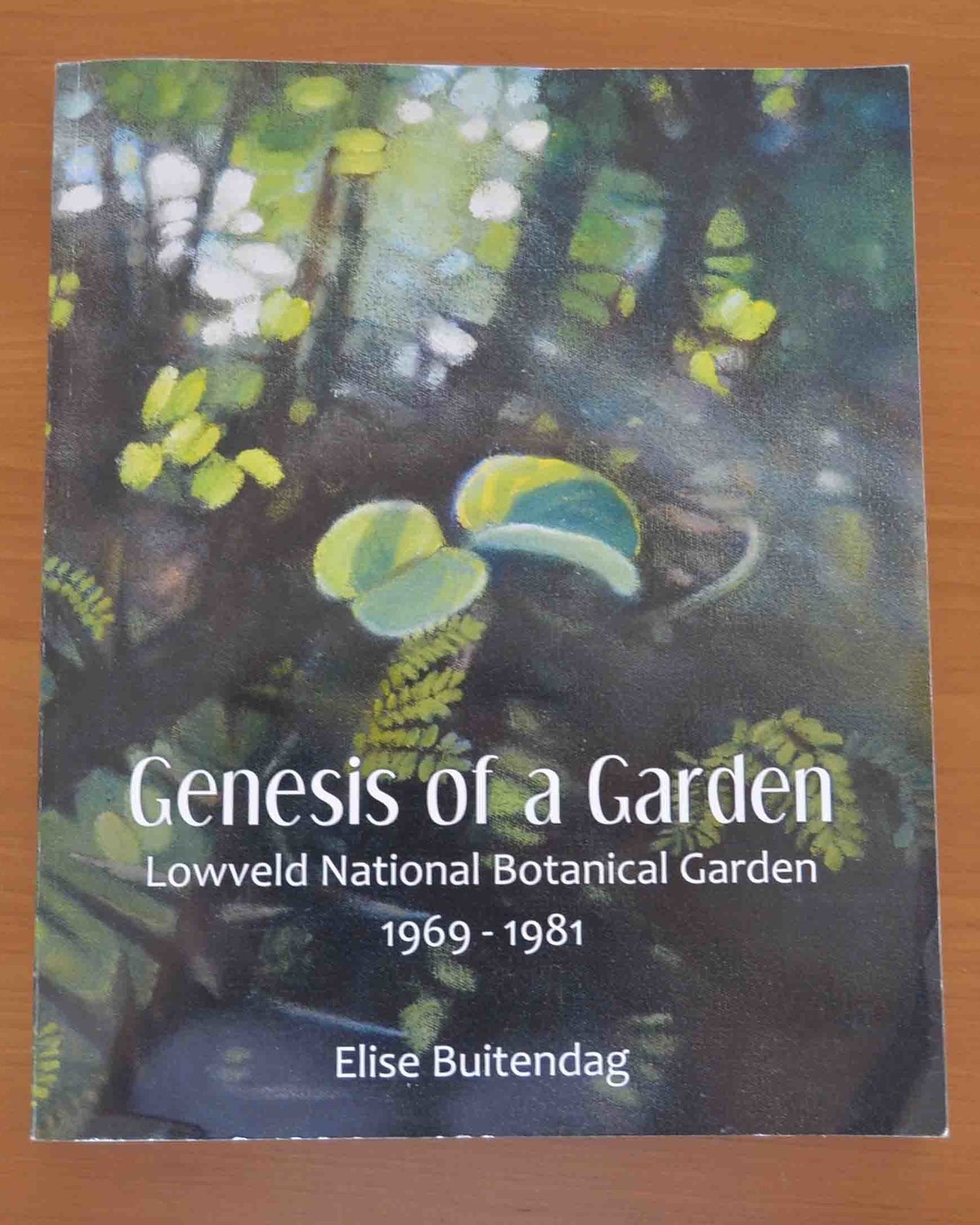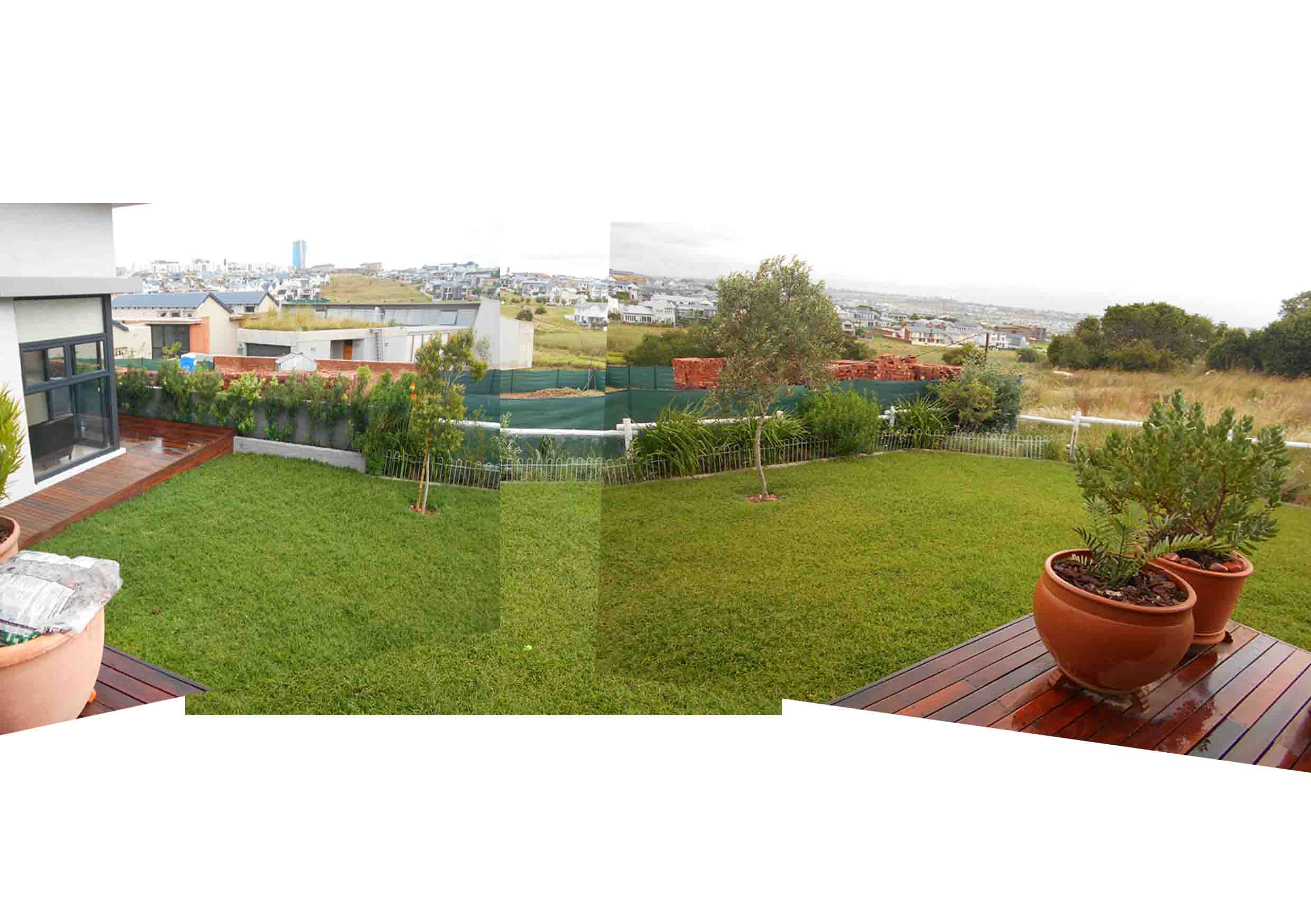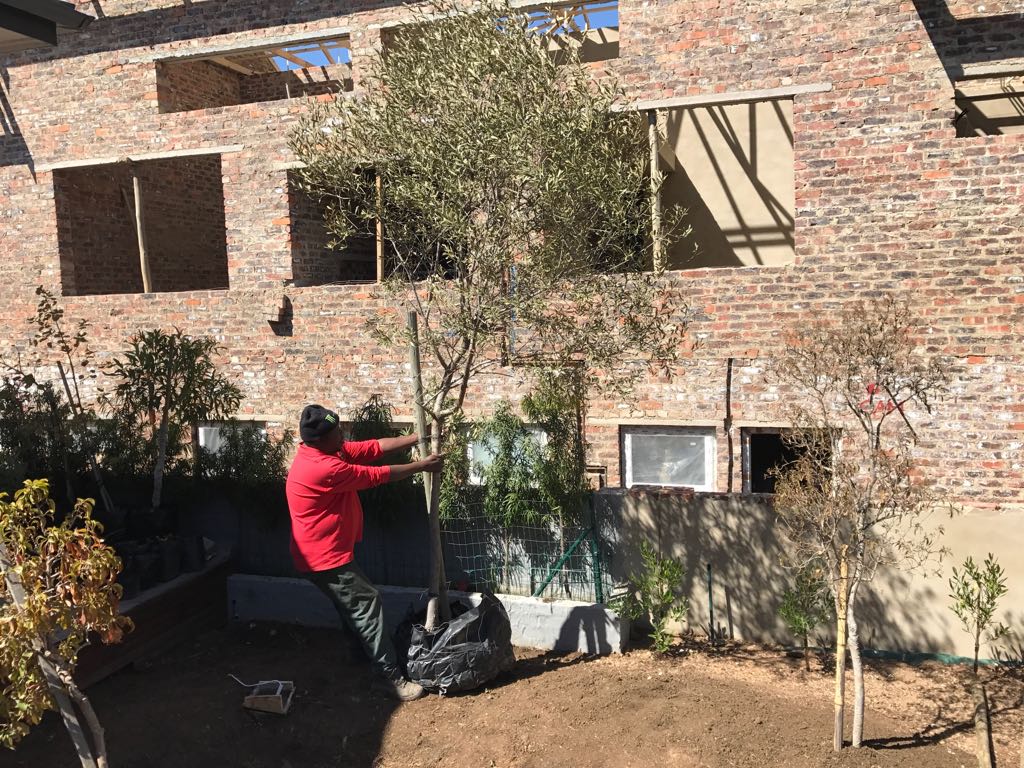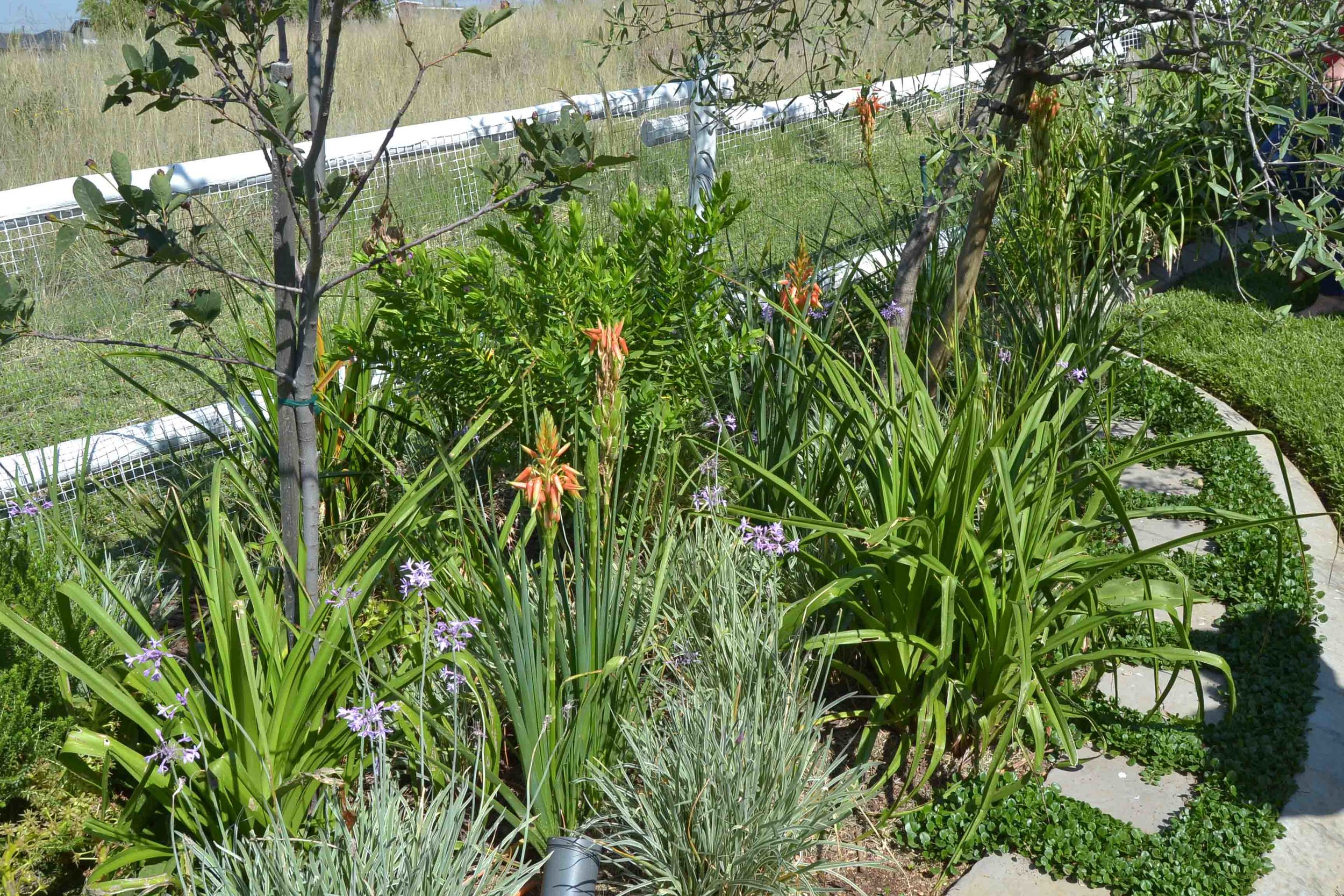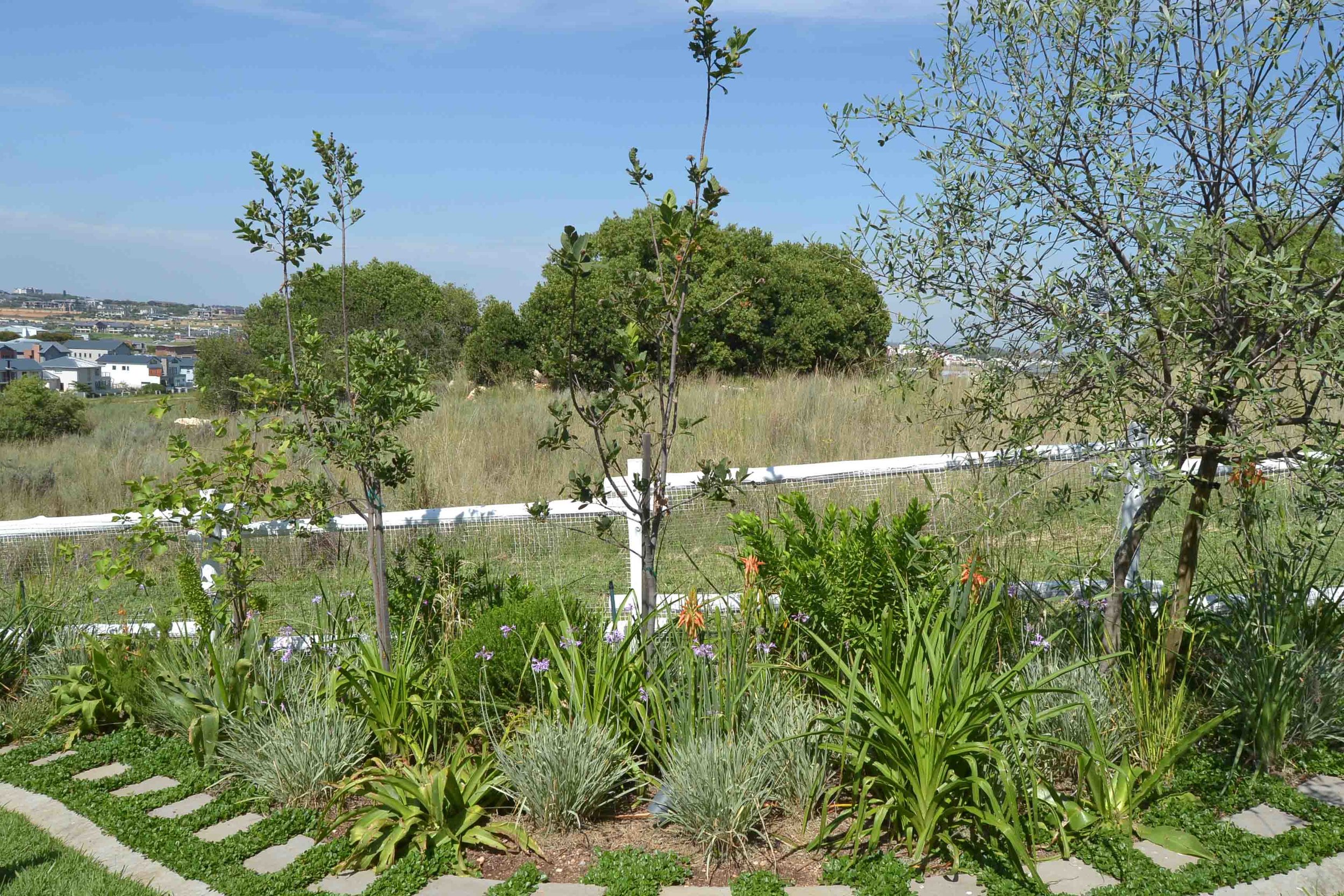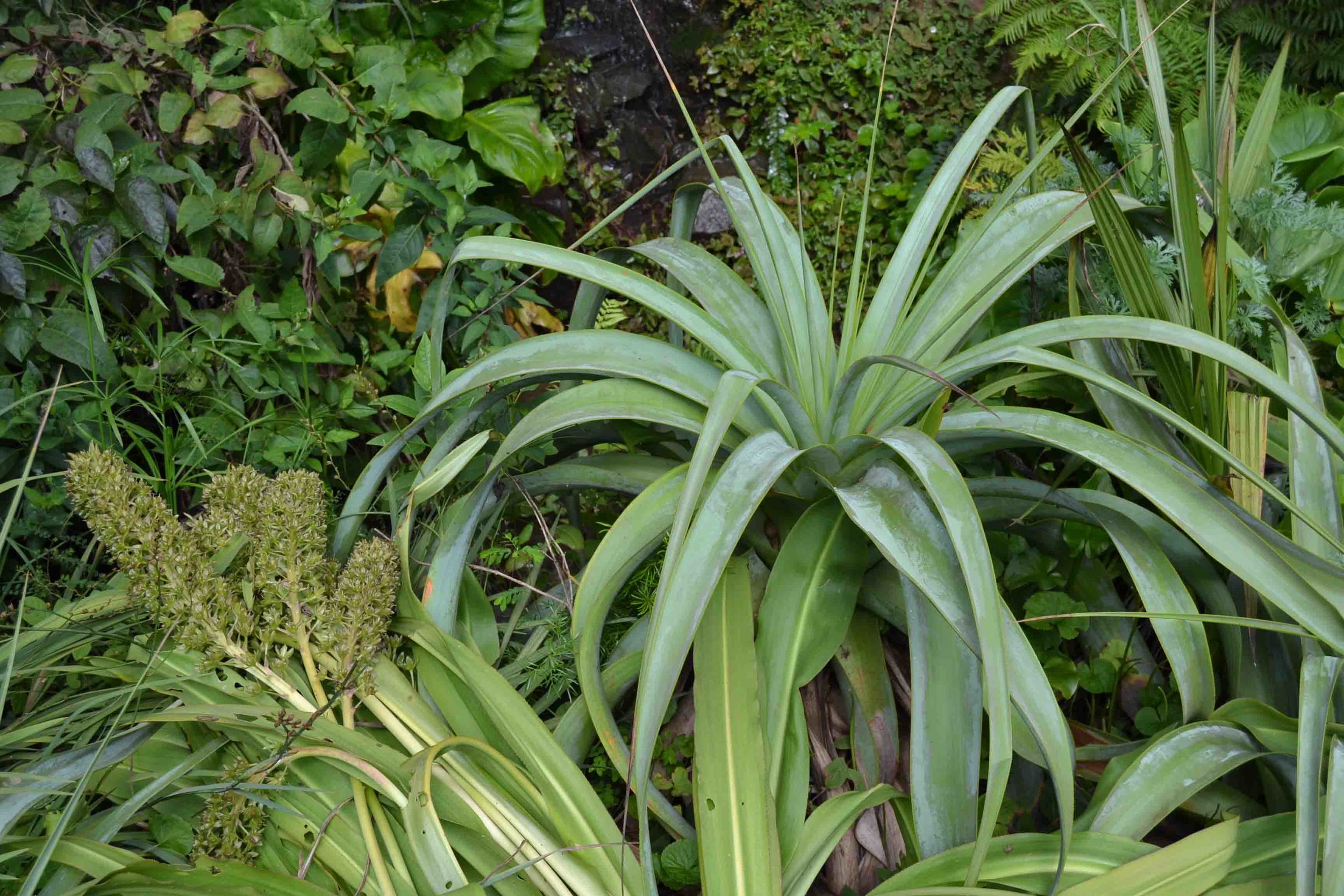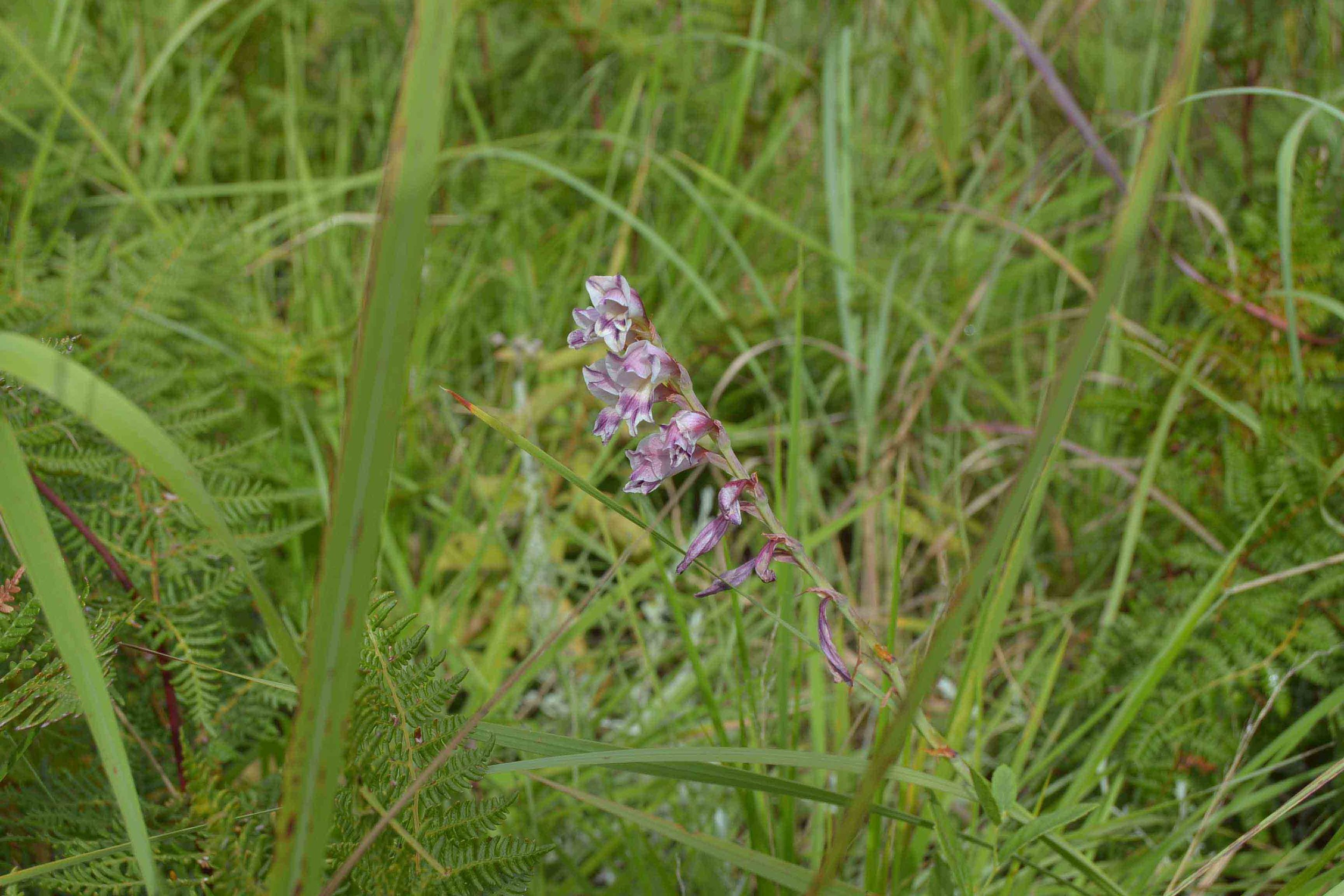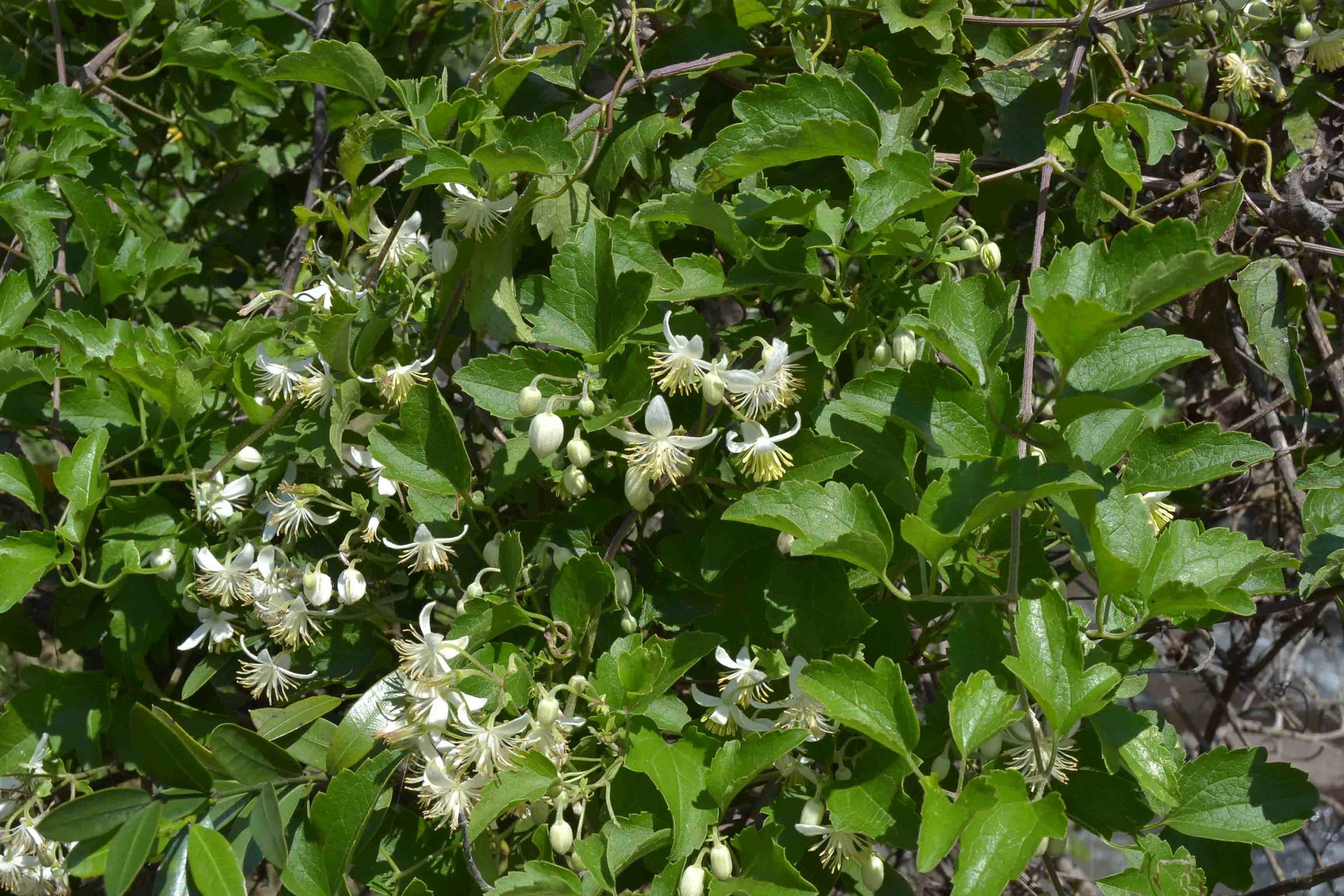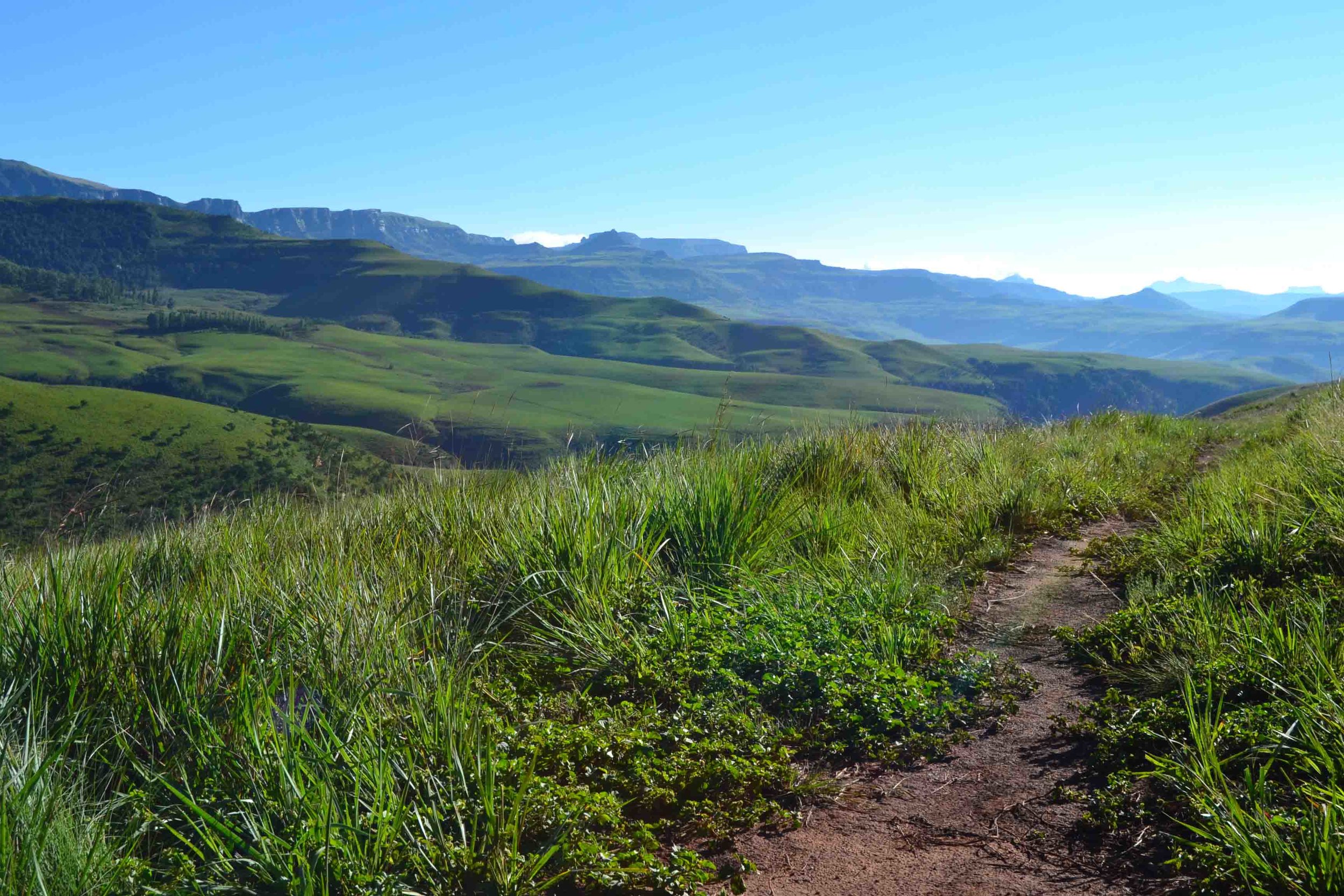Plectranthus is the largest South African genus in the mint family (Lamiaceae), with 44 species natural to our region, most of which occur on the eastern side of the country. Plectranthus are noted for their aromatic leaves when crushed and provide a mass display of colour in late summer and autumn. Colour selections range between pink, purple and white and many shades in-between. (http://pza.sanbi.org/plectranthus accessed on 02-03-2020)
I love using Plectranthus in garden designs as their broad soft leaves can create a lovely atmosphere in a garden. They are quite versatile and do well in semi-shade below trees where often other plants do not easily grow. They are a bit frost tender and can take a knock in winter, but if you prune them to about a third of their height (at the end of winter) they will quickly send new growth. You can also grow new plants from cuttings and this is a great way to fill up a garden with bare spots.
There are so many species and varieties of Plectranthus, here are only a few:
Plectranthus oertendahlii
Plectranthus hadiensis
Plectranthus lucidus
Plectranthus ciliatus
Plectranthus 'Mona Lavender'
Plectranthus zuluensis
Plectranthus ciliatus ‘Richard’
Plectranthus ciliatus ‘Aureated’
Plectranthus saccatus ‘Purple’
Plectranthus ecklonii
There are so many beautiful types of Plectranthus one can use in a garden! Let me know which one is your favourite?






